When you hear the words “water play”, what immediately comes to mind are the spraying jets, loopy slides, slippery slopes and foam flooring that characterize the many public water play areas that dot our little island today. But water play is not just for out-of-doors – having fun with water can become a regular feature of your every day at home, and become a learning experience for your toddler or preschooler.
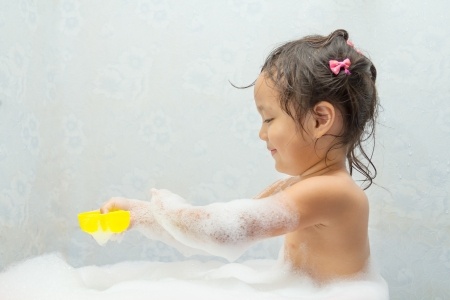
With our hot and humid weather in Singapore, it’s refreshing and cooling to have some water splash on your face, hands and feet several times a day. Besides that, water play has been proven to calm spirited children, and is a great way to release energy and be creative, with very little mess at all! All you need is a tap and some general items from around the house.
Here are some splashing cool ideas you can try at home.
⇒ Related Read: Home Play: Fun Activities To Bond With Your Child
#1 Scoop ‘n’ Splash
You will need two sizeable basins – a large mixing bowl, medium-sized pail or small bathtub would do – and a collection of vessels of different shapes, sizes and spouts. Fill one basin with water. Your child’s task is to transfer all the water from one basin to another using any or all of the vessels provided.
Some items you can provide include small plastic bottles, soup ladles, funnels, watering cans, sieves, small cups and bowls, plates and beach spades. Along the way, your child will discover for himself that some instruments do the job better than others!
Tip: Do your water play in the bathroom or kitchen, so there is hardly any clean up!
#2 Search ‘n’ Rescue
This requires a bit of preparation the day/night before. Freeze up a few of his plastic toys in a big block of ice (You could use the ice collection tray), then let him play with the ice till his ‘friends’ are ‘freed’. If you would like, you could even make up a story around this whole adventure, with him as the good guy who is going to save his friends who have been captured in ice by the evil Dr X.
He can try all means to rescue those toys – he could suck on the ice, chisel at it with a teaspoon, or bash it against the floor. Along the way, he will learn that ice melts and turns into water, and hone his patience by having to wait for the toys to be freed.
⇒ Related Read: Kitchen Projects For Kids
#3 Swirl a song
We’ve all seen this before, but few of us actually attempt it for ourselves at home. This requires some supervision, since glassware is involved. Arrange a row of glasses in front of him with different levels of water. Teach him how to create a sound by swirling a wet finger around the rim of each glass.
He could arrange the glasses in order of musical note. Or he could try to make a simple tune. Or he could simply focus on one glass, adding more or less water, and listening to the effect that has on the note that is formed. Lots of possibilities here!
#4 Point ‘n’ Shoot
Relive your good old camp days of water bombs. Fill up used plastic bags (or buy a pack of 100 cheaply from your local SKP) and tie up tight. Save them for a water fight at the park in the evening, or create a ‘dartboard’ in your bathroom and let your kid take aim and ‘fire’ away!
Simple lessons on projectile trajectory, force and muscle control are all part and parcel of this fun activity. Do remember to be a responsible citizen if you bring them out to play – pick up the bags after you’re done!
#5 Go fishing
Fill a bathtub with water and drop all sorts of random items in to be ‘fished out’ with a simple net (from Daiso). Choose a variety of items – of different sizes, weights and density. Some will float, some will sink; some will be easier to scoop out than others.
⇒ Related Read: Teaching Science Concepts To Young Children: Sink Or Float
Up the excitement by setting a time limit for the little fisherman. He may get frustrated at times, when he cannot scoop the object, and want to pick it up with his hands instead. Encourage him to try, try again, and to be patient with himself along the way. He will get it out, eventually.
By Dorothea Chow.
If you find this article useful, do click Like and Share at the bottom of the post, thank you.
Like what you see here? Get parenting tips and stories straight to your inbox! Join our mailing list here.





































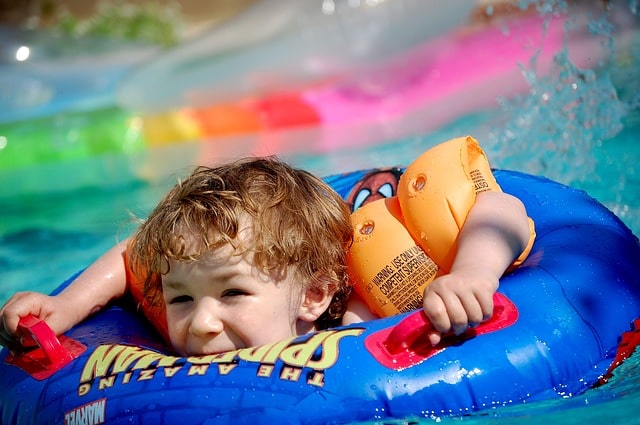




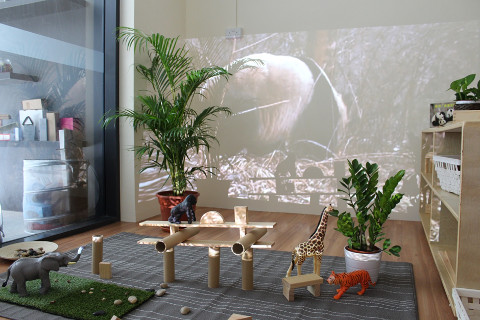




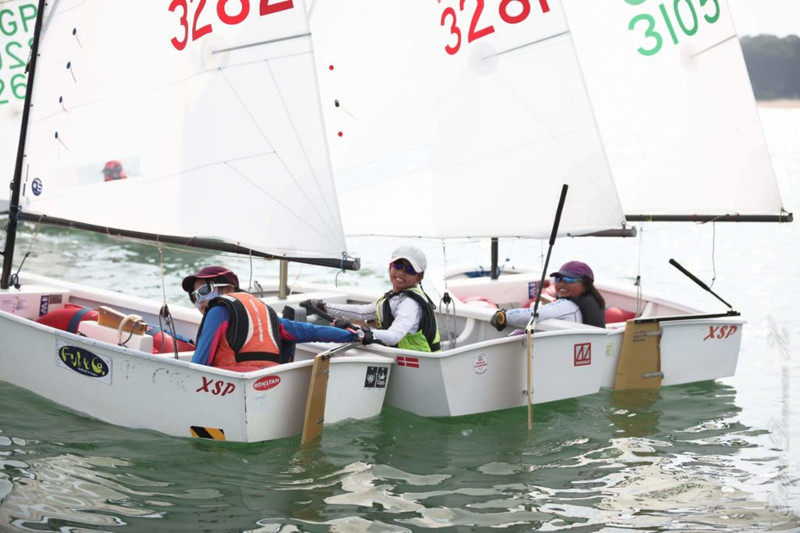

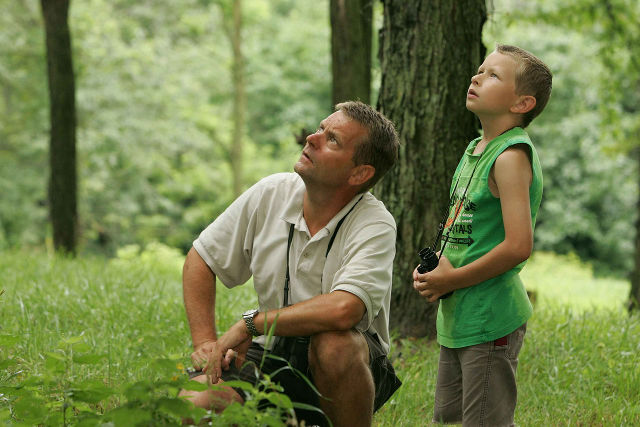









Leave a Comment: